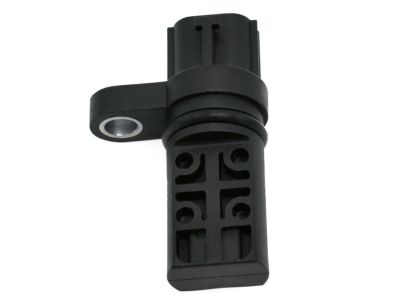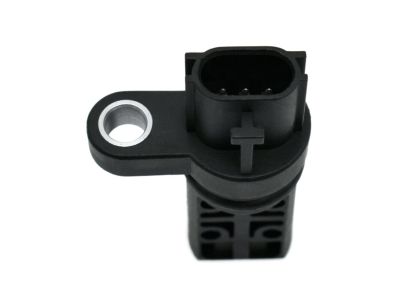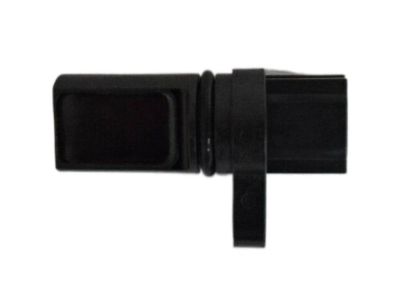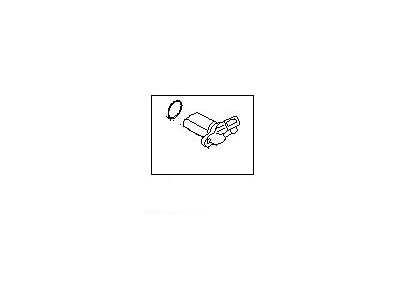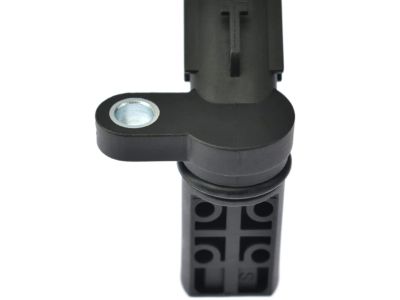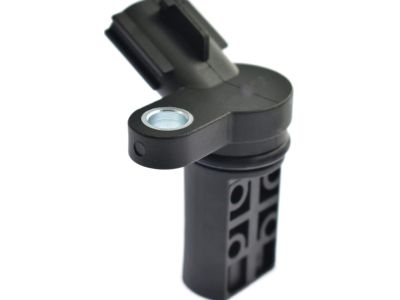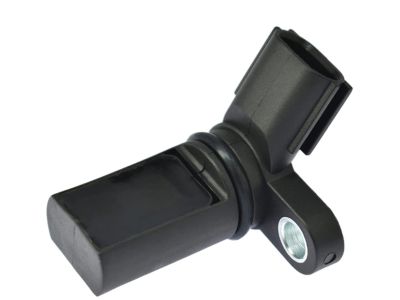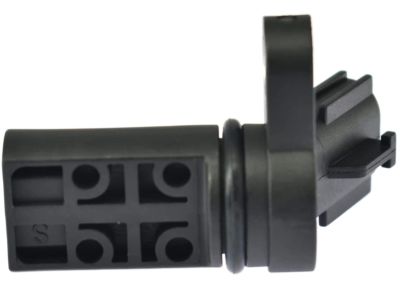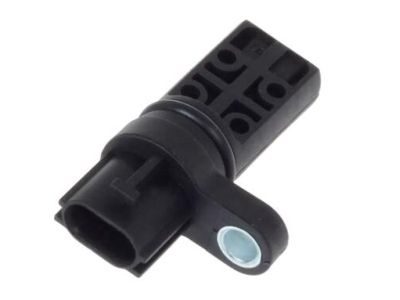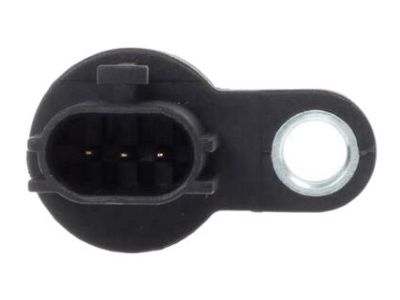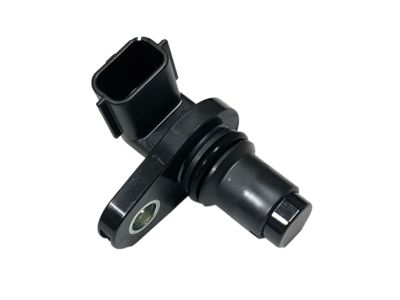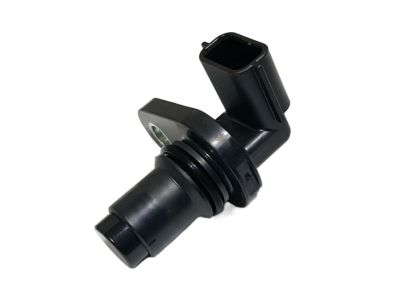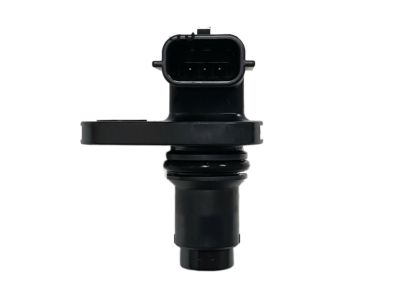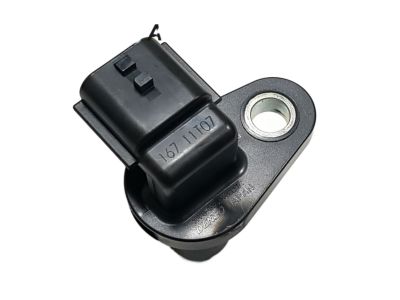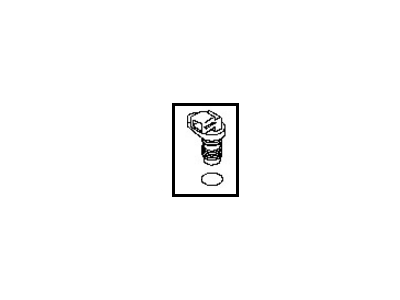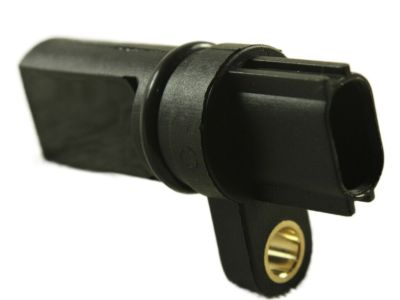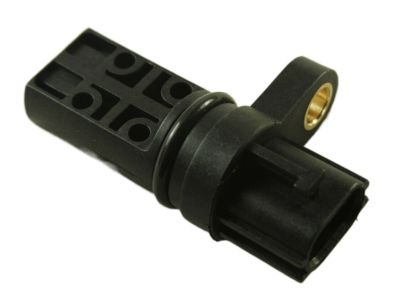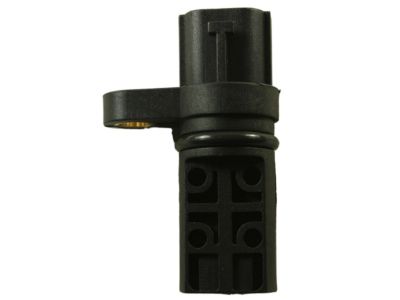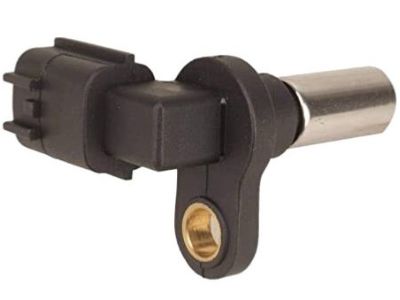×
- Hello
- Login or Register
- Quick Links
- Live Chat
- Track Order
- Parts Availability
- RMA
- Help Center
- Contact Us
- Shop for
- Nissan Parts
- Nissan Accessories

My Garage
My Account
Cart
Genuine Nissan Quest Camshaft Position Sensor
Cam Position Sensor- Select Vehicle by Model
- Select Vehicle by VIN
Select Vehicle by Model
orMake
Model
Year
Select Vehicle by VIN
For the most accurate results, select vehicle by your VIN (Vehicle Identification Number).
6 Camshaft Position Sensors found

Nissan Quest Camshaft Position Sensor-Right
Part Number: 23731-6J90B$122.24 MSRP: $177.05You Save: $54.81 (31%)Ships in 1-2 Business Days
Nissan Quest CAMSHAFT Position Sensor
Part Number: 23731-AL616$119.78 MSRP: $173.48You Save: $53.70 (31%)Ships in 1-3 Business Days
Nissan Quest CAMSHAFT Position Sensor
Part Number: 23731-6J906$122.24 MSRP: $177.05You Save: $54.81 (31%)Ships in 1-3 Business Days
Nissan Quest Engine Camshaft Position Sensor
Part Number: 23731-JA11B$93.19 MSRP: $134.95You Save: $41.76 (31%)Ships in 1-2 Business Days
Nissan Quest CAMSHAFT Position Sensor
Part Number: 23731-5M016$122.24 MSRP: $177.05You Save: $54.81 (31%)Ships in 1 Business Day
Nissan Quest Camshaft Position Sensor
If you need any OEM Nissan Quest Camshaft Position Sensor, feel free to choose them out of our huge selection of genuine Nissan Quest Camshaft Position Sensor. All our parts are offered at unbeatable prices and are supported by the manufacturer's warranty. In addition, we offer quick shipping to have your parts delivered to your door step in a matter of days.
Nissan Quest Camshaft Position Sensor Parts Questions & Experts Answers
- Q: How to test and replace a camshaft position (CMP) sensor on Nissan Quest?A:If the tests show that the sensor is working well and is not responsible for introducing a driveability problem or an OTC, the wiring harness and the connectors between the sensor and the PCM should be scanned for any opens or shorts. If there is no abnormality, it is recommended to take the car to a dealer service department or a competent repair workshop. There is the camshaft position (CMP) sensor, which targets at monitoring engine speed or position of the pistons and passing information to the computer, which in turn helps to control the duration of fuel injection and ignition timing. Namely, the sensor has a 360 slit rotor plate for each degree that gives a one percent signal and six slits for the 120-degree camshaft position signal. LED and photo diodes together are installed in the wave forming circuit; the rotor plate blocks the light beam in such a way that it sends on-off pulses to the ECM. To test, remove the distributor/CMP sensor connector, attach the positive earth end of a voltmeter across it to the B+ terminal of the harness connector then brought the negative end to the sensor connector ground terminal. Start by turning the key to the ON position without starting the engine the voltmeter should display above 10 volts or near battery voltage. Following the OFF state of the ignition, take out the distributor from the engine; reconnect the distributor connector and back probe the CMP sensor signal and grounds with the voltmeter. While the vehicle ignition is on, turn the distributor shaft slowly, then, the voltage should oscillate between the high of 0 volts to the low of 5 volts, and it should move through the ammeter six times per revolution testing the 120-degree signal. Next, back probe the CMP sensor reference and ground terminals, while with the ignition on back turn the distributor shaft again while observing and checking the 1-degree signal from the sensor to fluctuate between 0 volts to 5 volts, 360 times in one full turn. If no pulsating voltage signal is recorded at the Co-MP sensor even if battery voltage is detected, then the sensor is considered as being faulty; this means that the distributor has to be replaced since the CMP sensor is embedded therein.
Related Nissan Quest Parts
Browse by Year
2017 Camshaft Position Sensor 2016 Camshaft Position Sensor 2015 Camshaft Position Sensor 2014 Camshaft Position Sensor 2013 Camshaft Position Sensor 2012 Camshaft Position Sensor 2011 Camshaft Position Sensor 2010 Camshaft Position Sensor 2009 Camshaft Position Sensor 2008 Camshaft Position Sensor 2007 Camshaft Position Sensor 2006 Camshaft Position Sensor 2005 Camshaft Position Sensor 2004 Camshaft Position Sensor 2003 Camshaft Position Sensor 2002 Camshaft Position Sensor 2001 Camshaft Position Sensor 2000 Camshaft Position Sensor 1999 Camshaft Position Sensor 1998 Camshaft Position Sensor 1997 Camshaft Position Sensor 1996 Camshaft Position Sensor 1995 Camshaft Position Sensor

